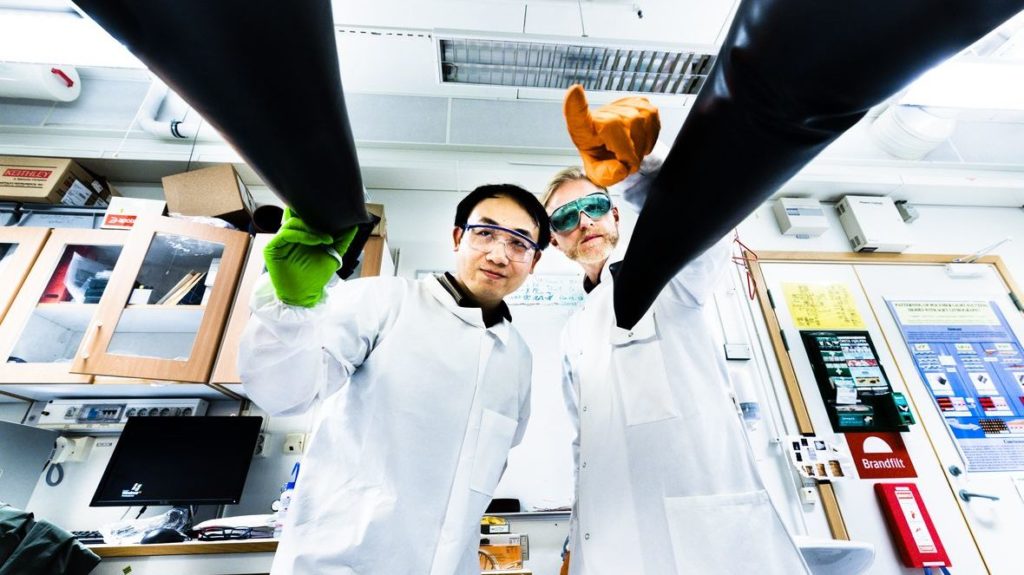Using excess indoor light to recover electricity? Now it’s possible thanks to a new generation of solar cells for indoor .
In an increasingly eco-sustainable world, solar energy is one of the main sources of clean energy. But we now have plenty of light inside, and it would be ideal to be able to recover it to produce more energy. The development in the world is advancing in this direction and among the most recent studies, today we speak of a new solar cells for indoor described in a paper on Nature Energy.
How classic solar cells works indoor
Nowadays, the most common type of solar cells for outdoor use contains polycrystalline silicon (a semiconductor metal composed of multiple crystals), these panels reach an efficiency of 15%. Unfortunately, like other commercially more popular panels, when they are tested under artificial light sources, the efficiency drops to values less than 5%. The decrease is due to the fact that sunlight and artificial light have a different composition of the electromagnetic spectrum, more precisely the intensity at different wavelengths varies with the variation of the light source. The efficiency improves slightly with amorphous (not crystalline) silicon cells that reach 10% efficiency when placed under the artificial light.
The innovative panel
The solution is therefore to start a research ad hoc, as the case of the researchers from Institute of Chemistry, Chinese Academy of Sciences in Beijing, led by Jianhui Hou, and the University of Linköping in Sweden, led by Feng Gao. Their studies focus on the development of organic materials that could replace silicon as acceptor material. The first results have led to solar cells that reach efficiencies between 23% (for 4 cm2 panels) and 26% (for 4 cm2 panels) under artificial light, while under the sunlight instead the efficiency reaches 10%. The organic solar cell delivered a high voltage of above 1 V for more than 1000 hours in ambient light that varied between 200 and 1000 lux. The proposed materials are polymers that interact with light and donate electrons, organic semiconductors as receptors and carbon-based compounds. The energy recovered in this way can provide electricity for small domestic devices, such as controllers that control the lights and humidity, the thermostat or appliances, thus replacing the batteries.
“This work indicates great promise for organic solar cells to be widely used in our daily life for powering the internet of things”, says Feng Gao, senior lecturer in the Division of Biomolecular and Organic Electronics at Linköping University. Jianhui Hou, professor at the Institute of Chemistry, Chinese Academy of Sciences, underlines: ”We are confident that the efficiency of organic solar cells will be further improved for ambient light applications in coming years, because there is still a large room for optimization of the materials used in this work”.
